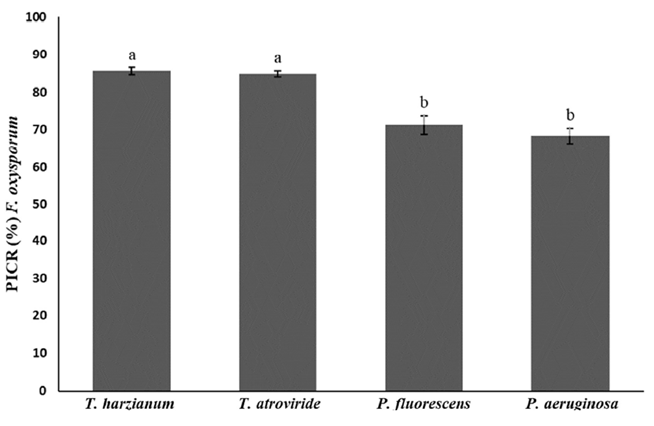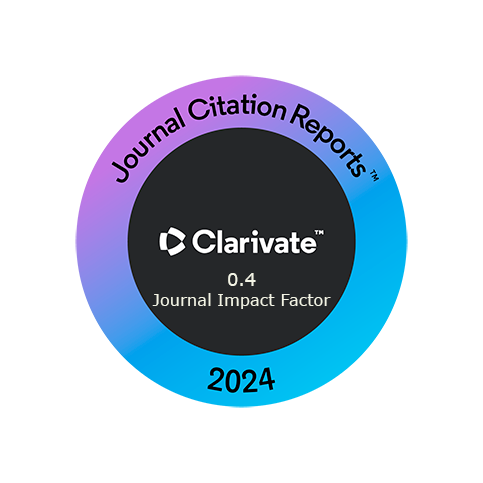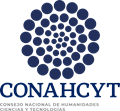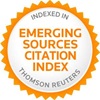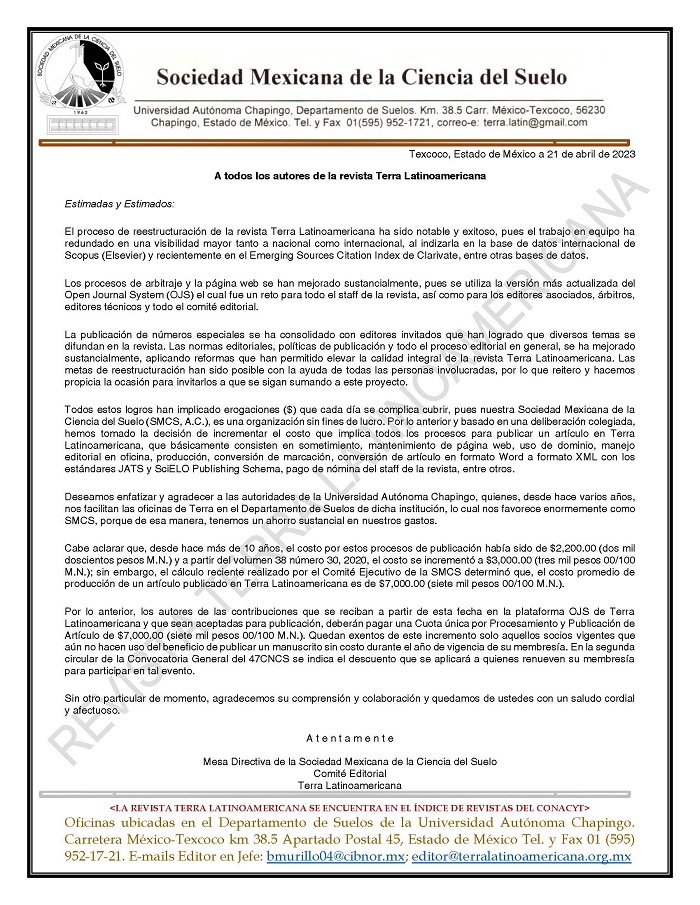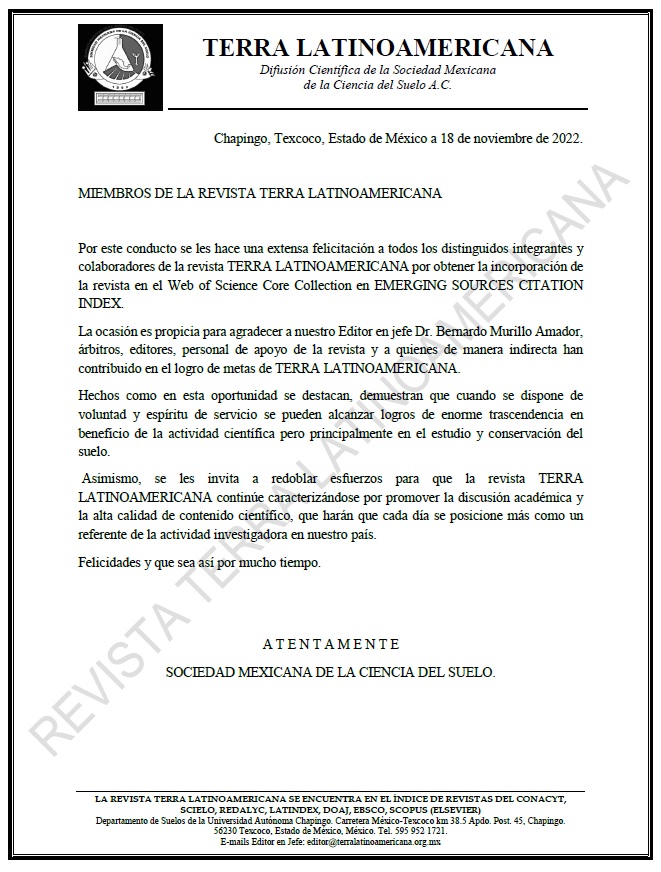Potential of Soil Microorganisms: Morphological, Molecular Characterization and Antifungal Activity
DOI:
https://doi.org/10.28940/terralatinoamericana.v43i.2008Keywords:
biological control, Fusarium, Pseudomonas, Phytophthora, TrichodermaAbstract
Phytopathogens are present in the soil that, when environmental conditions are favorable, infect plants, causing significant economic losses. However, beneficial microorganisms such as Trichoderma spp. and Pseudomonas spp. They are essential for the control of these phytopathogens. Therefore, the objective of this work was the morphological and molecular characterization of beneficial microorganisms and evaluate their antifungal activity. The isolates of Pseudomonas spp. showed dif ferences in colony morphology and enzymatic activities, both being Gram negative and positive for catalase a nd oxidase. Molecular identification identified the isolates
as P. aeruginosa and P. fluorescens. The isolates of Trichoderma spp. They presented variability in color, texture and dispersion capacity, being identified as T. harzianum and T. atroviride. The isolates of Fusarium spp. and Phytophthora spp. revealed high phenotypic diversity in colony color, sporulation and mycelial morphology, being identified as F. oxysporum and P. palmivora. Antagonism assays showed that
T. harzianum and T. atroviride inhibited the growth of P. palmivora and F. oxysporum by more than 70 and 80%, respectively. These results highlight the importance of identification through morphological and molecular methods, which is essential for the ef fective use of these microorganisms in biocontrol strategies, thus promoting sustainable agricultural practices. Furthermore, isolates of T. harzianum, T. atroviride, P. aeruginosa and P. fluorescens may be an alternative for the control of F. oxysporum and P. palmivora.
Downloads
Publication Facts
Reviewer profiles N/A
Author statements
- Academic society
- Terra Latinoamericana
- Publisher
- Mexican Society of Soil Science, C.A.
